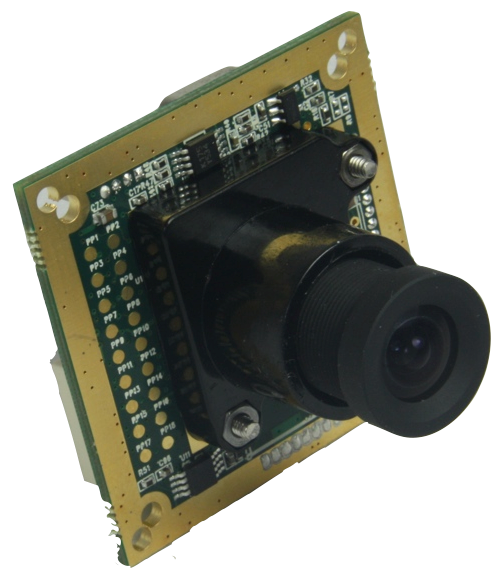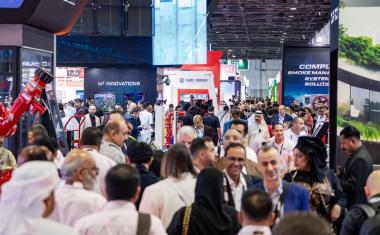Pixim chip powers Sunell cameras
Pixim announced that Sunell Technology Corporation of Shenzhen, China, has introduced three new cameras integrating Seawolf, Pixim's latest chip technology. Sunell's Seawolf-powere...

Pixim announced that Sunell Technology Corporation of Shenzhen, China, has introduced three new cameras integrating Seawolf, Pixim's latest chip technology. Sunell's Seawolf-powered camera series includes a vandal-proof dome (SN-FXP59/20DVP), a true day/night vandal-proof dome (SN-FXP59/20GDN), and a true day/night box camera (SN-BXC59/20CDN).
Through Seawolf, Sunell can now offer its customers cameras with 690 HTVL effective resolution as well as the industry's proven best wide dynamic range. In addition, Seawolf-based cameras require just 0.1 lux of illumination to produce usable, color images.
"With Seawolf, our strong engineering team can continue to develop the most advanced CCTV and IP cameras in the security market," says Steven Liu, Sunell's chairman and general manager. "Our customers are now able to get the highest quality wide dynamic range and the best low light images from the same Sunell camera."
"Sunell has successfully brought many Pixim-powered cameras to market," says John Monti, vice president of marketing and business development for Pixim. "We're excited to be able to offer this technology leader the industry's first single-chip video camera solution. Seawolf's capabilities will make it the right choice for Sunell as the company continues to aggressively expand its IP and CCTV camera offerings."
More information about the Seawulf chipset can be found in the following white paper: http://www.git-security.com/whitepaper/security/finding-right-security-camera-every-application














